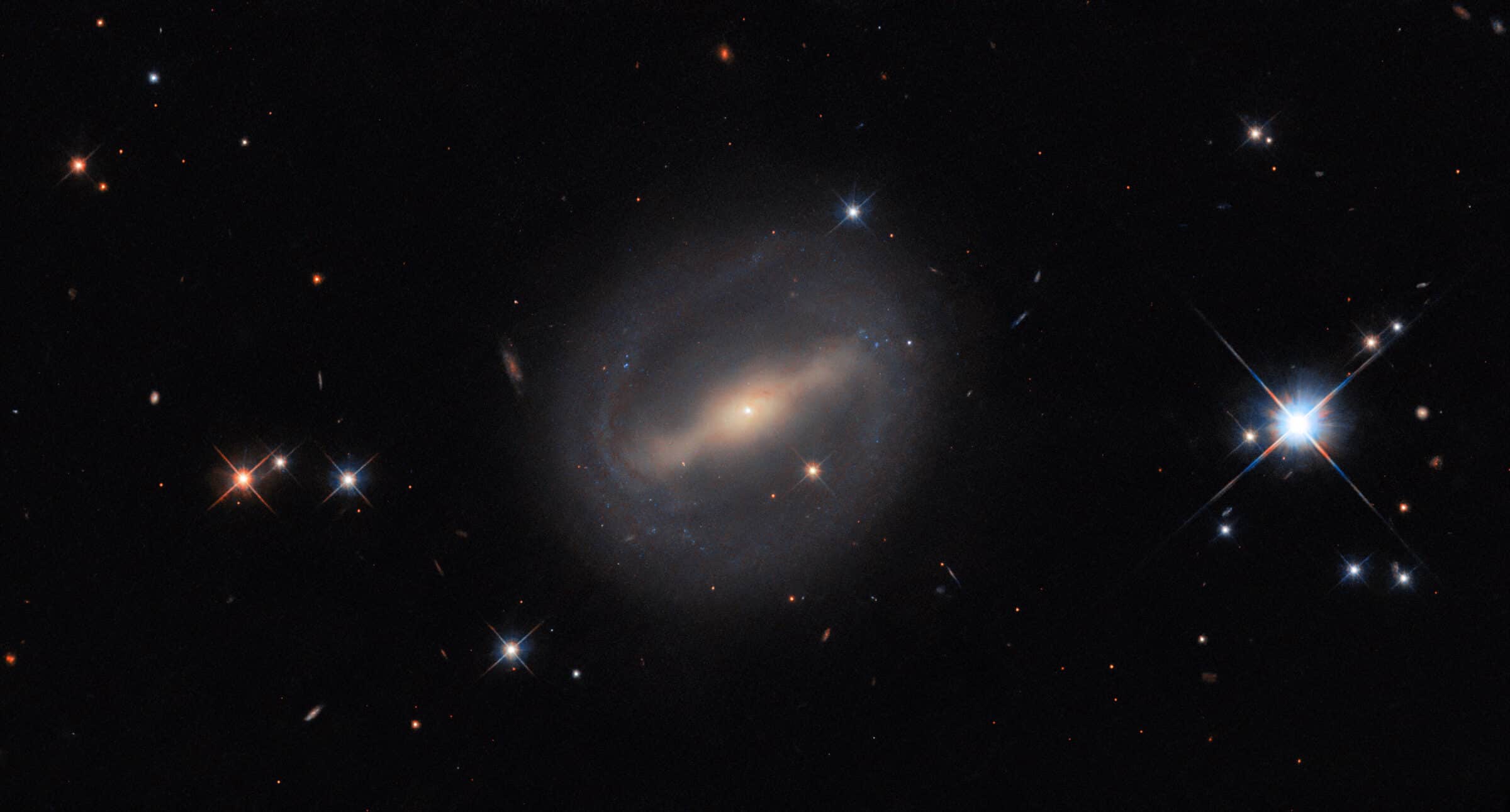 Intelligent Design
Intelligent Design
 Physics, Earth & Space
Physics, Earth & Space
Three Ways to Formulate the Fine-Tuning Argument: An Introduction

This article is the first in a four-part series about the three distinct ways to formulate the argument for an intelligent cause based on the fine tuning of the constants of nature.
The fine-tuning argument is, in our view, the best modern-day design argument. Before discussing its three distinct formulations, we’ll provide a basic explanation of the constants of nature and what it means that they’re fine-tuned.
At the heart of fundamental physics are the laws of nature. These laws, such as gravity and electromagnetism, govern the interactions between fundamental particles — the most basic building blocks of all matter (e.g., electrons).
Qualitative and Quantitative Expressions
The laws of nature have qualitative and quantitative expressions. Examples of qualitative expressions are: the law of gravity determines that two electrons attract (because they both have mass); the law of electromagnetism determines that two electrons repel each other (because they both have the same charge).
Besides the qualitative dimension, these laws have quantitative expressions as well. For example, we can quantify the strength of the attraction caused by gravity or the strength of the repulsion caused by electromagnetism. These strengths, together with other quantities built into the laws of nature, are expressed by 25 or so fixed numbers called the fundamental constants of nature. For example, physicists have made many measurements and determined that the electromagnetic force between any two electrons is about 1042 times stronger than the gravitational force between them; or, that every electron has a mass of 9.109×10−31 kg.
What determines these fixed values? No one knows. That’s why they’re called fundamental constants. Physicists can’t derive them from anything else — they simply measure them.
Where Fine-Tuning Comes In
Would it matter if the values of the constants were different? That’s where fine-tuning comes in.
Scientists have discovered that for many of these constants, if they were changed even a small amount (sometimes a few percent bigger or smaller), the complex universe as we know it wouldn’t exist. In other words, without the constants being precisely fine-tuned, there would only be fundamental particles — they wouldn’t come together to form atoms, molecules, planets, stars, galaxies, or life.
Why are these constants so finely tuned to allow our complex universe to emerge? All three formulations of the fine-tuning argument agree: an intelligent cause set the values of the constants for the purpose of producing our complex universe. In contrast, atheistic scientists argue that (since an intelligent cause is impossible) fine-tuning shows that we live in a multiverse consisting of an infinite number of universes, each having different values for their constants. They argue that the reason we observe fine-tuned constants is merely due to an observer bias. Namely, there are no observers in the other universes capable of asking the question of why the constants have their specific values.
The Three Formulations
The difference between the three formulations is how you get from the problem presented by fine-tuning, something largely accepted by leading physicists, to the conclusion that their values were set by an intelligent cause. The first approach to fine-tuning (by William Lane Craig) argues by elimination: after excluding all poor explanations for fine-tuning, the only reasonable explanation that remains is an intelligent cause. The second approach to fine-tuning (by Robin Collins, Luke Barnes, and others) argues from probabilities: it’s far more probable that the fine-tuned values of the constants were set by an intelligent cause than by a naturalistic theory. The third approach to fine-tuning (by Elie Feder and Aaron Zimmer) argues that fine-tuning isn’t the problem but is the clue to solving the great mystery of the constants — and this solution points directly to an intelligent cause.
One note about the way we’ll be presenting the fine-tuning argument. Its proponents often say that the constants are fine-tuned for (intelligent) life. While it is true that without atoms, molecules, planets, stars, and galaxies, it would be impossible for life to exist, that doesn’t mean that they’re specifically fine-tuned for life. It’s more accurate to say that modern physics has discovered that our universe is fine-tuned for a complex, ordered, and structured universe of which life is but one part. For that reason, we’ll present all three formulations with the minimalistic supposition that the constants are fine-tuned for a complex universe.
Our next three articles will consider these three approaches in more depth.
